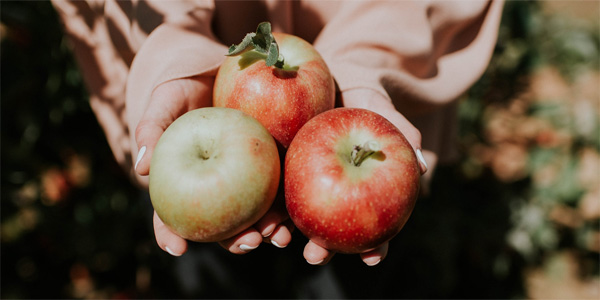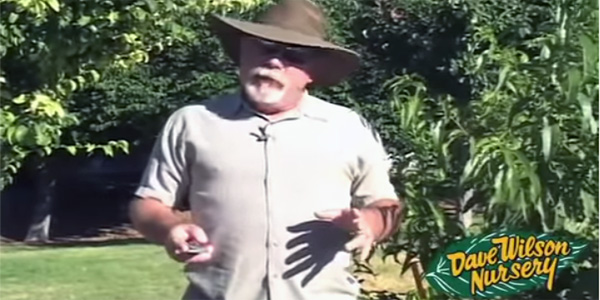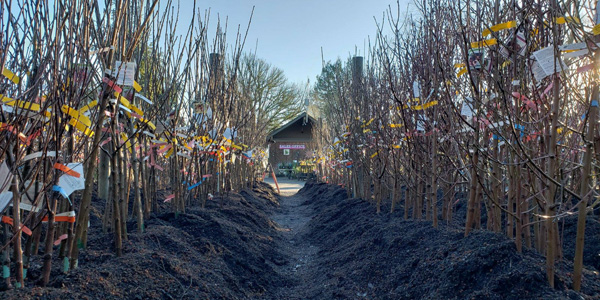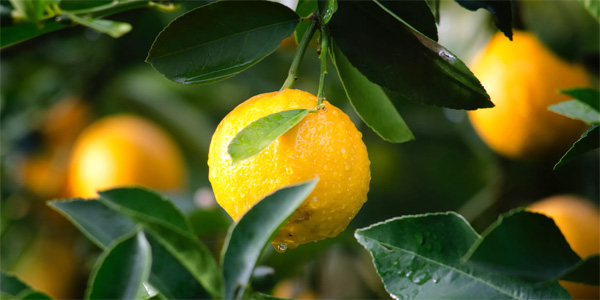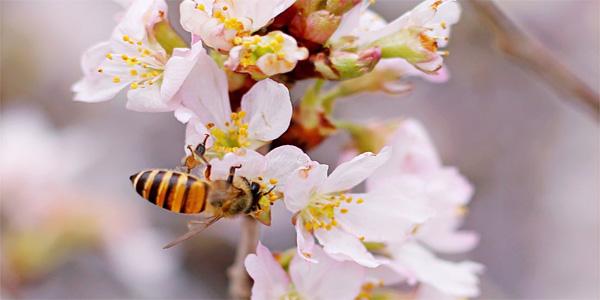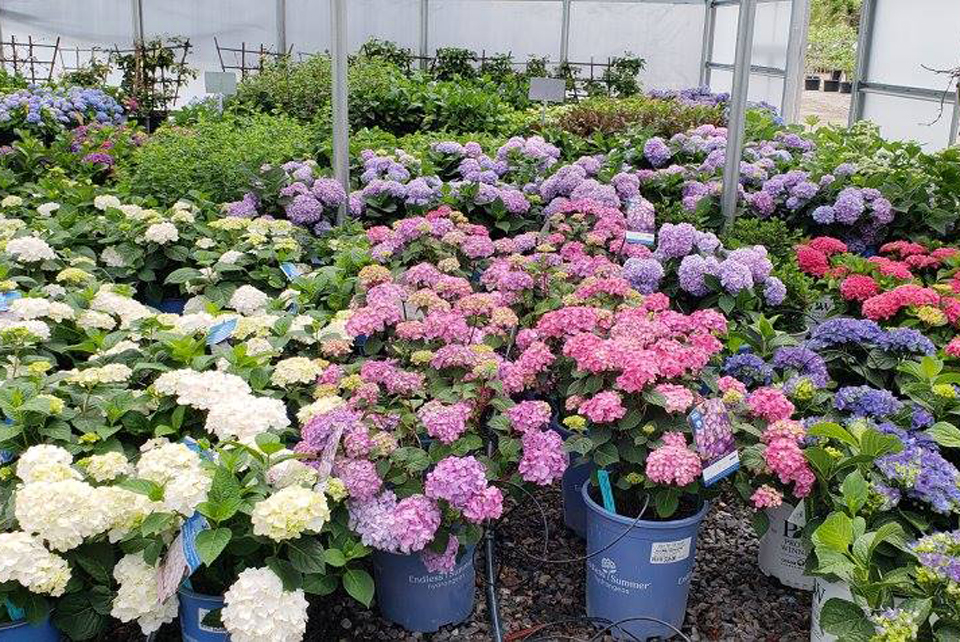Boron is a mineral that, in small quantities, is important for healthy plant growth, but becomes dangerous in higher concentrations. Boron can be present in ground water and soil at the level of 0.5 to 1.0 parts per million and not cause any undue stress on plants in the area. When boron levels reach above 1.0 parts per million (ppm), trees and shrubs that are not tolerant of these conditions will begin showing signs of stress.
For many plants, this expresses itself as a build-up of boron in the leaves. Because it takes time for the concentration to reach dangerous levels within the plant, symptoms are first seen in the oldest leaves. Early stages of boron toxicity will appear as chlorosis or a yellowing of the leaf tips. Further build up will cause black patches of die off on the leaves, either along the margins or in between leaf veins. Conifers will exhibit needles that die back from the tip. Unfortunately, the symptoms of Boron toxicity are very close in appearance to mineral deficiencies and are difficult to diagnose without soil or water testing.
The best way to deal with Boron in the soil or water is to first choose plants that have some level of natural tolerance. Hardy options for trees would include Nyssa sylvatica, Olea europea, Pinus nigra, Pistacia chinensis, Fraxinus oxycarpa ‘Raywood’, Prunus c. Purple Pony, Cedrus atlantica and Cedrus deodara. Smaller planting that are tolerant might include Nerium oleander, Ceanothus, Dodonaea viscosa ‘Purpurea’, Olea europea ‘Little Ollie’ and Buxus microphylla japonica.
Secondary treatments for areas that are still posing a threat to Boron tolerant plants would be to change the layout of the planting area by raising the grade. Introducing new topsoil at least 12 inches deep in all potential planting areas should prevent an unhealthy build-up of Boron in leaves or needles. Increasing the occasional deep soaks that the area gets will also help to leech away mineral and salt build-ups.


